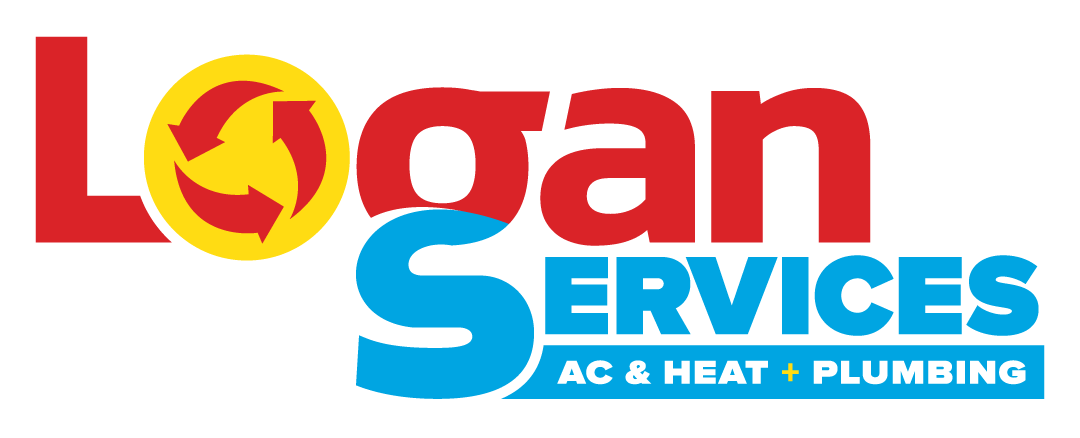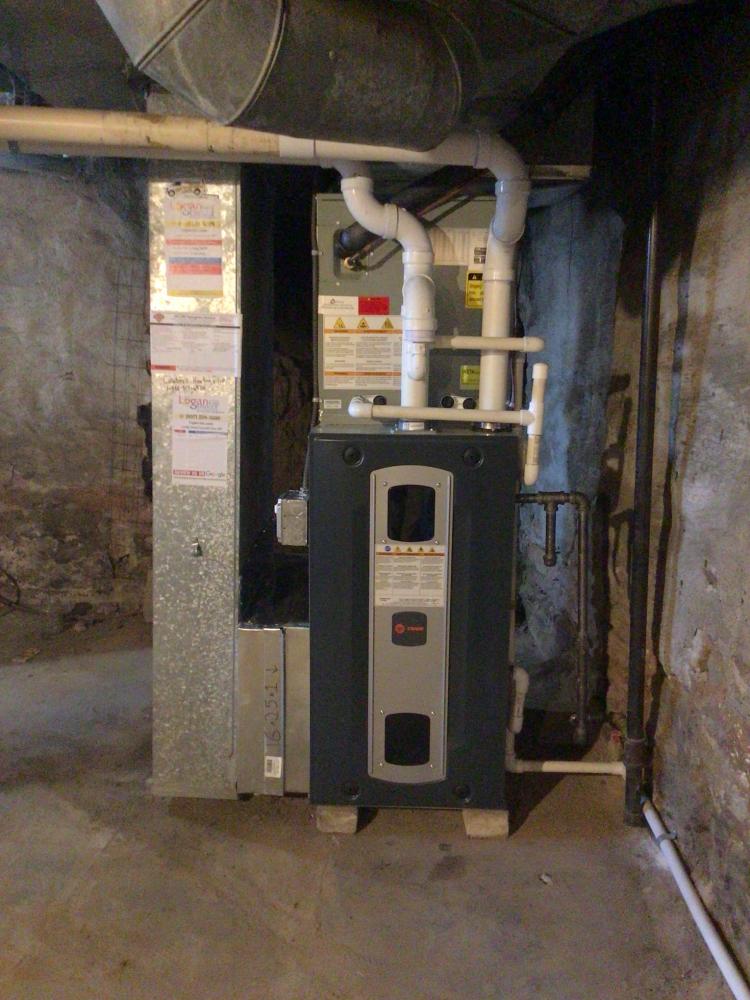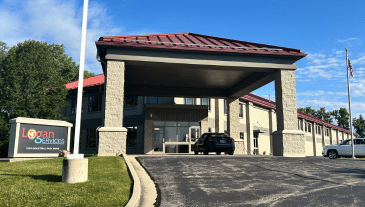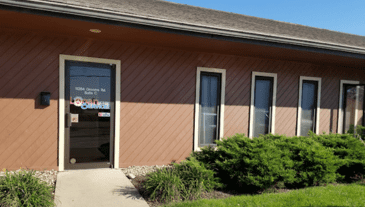Proper furnace sizing is an essential factor when making sure your home heating system is capable of keeping you comfortable during the cold Ohio months.
You may wonder what size has to do with the operations of your heating and cooling system. We asked our experts about the importance of furnace size, and they provided us with the answers below.
Why Does Furnace Size Matter?
If the furnace in your home is too big, then it will begin to short cycle. Short cycling means that your furnace will turn on and heat up too quickly. While this may not sound like a problem, it is very inefficient for the furnace to stop and start so quickly. There is a warm-up period for your furnace when it first fires up. Constant starting and stopping will lead to higher utility bills, probable breakdowns due to extra wear and tear, and quite noticeable rising and falling temperatures in the house. Larger furnaces also cost a little more so there is no upside to buying a bigger furnace instead of the actual size needed.
Factors That Impact What Furnace Size You Need
When our comfort consultant visits your home, they will ask you a few questions about your existing heating and cooling system before taking measurements of your furnace space.
IMPORTANT: Furnace size is not solely determined by the square footage of your home.
There are many qualifications that will be factored into proper furnace sizing. For example, you could be living in a 2,000 square foot home with good insulation and windows that don’t leak, or you could be living in a 2,000 square foot home with stone walls and leaky windows. These houses are going to need very different sizes of furnaces.
Ultimately, the more we know about your home and comfort experiences, the better we can size the furnace. We will measure what we can, combine information with other houses of a similar build, and ask you questions about how the HVAC system and the home has kept up in the past years.
MEASURABLES THAT IMPACT FURNACE SIZING: The consultant will measure the house’s perimeter, the height of the walls, windows, and doors. They will pay attention to which direction the windows face and will figure out the insulation values of the windows, walls, and ceilings. The consultant will also see if your house is built on a crawl space, basement, or slab. Your home’s ductwork will also be evaluated so our team can retrofit a new furnace using the existing ducts for ventilation.
What Furnace Size Options Are There?
Furnaces are measured by their BTUs, which stands for British Thermal Unit. BTU is a unit of measurement for energy; based on the many different factors that impact sizing, that ‘amount of energy’ needed for your furnace to operate efficiently in your home will be your BTU size.
The most common furnace BTU sizes include: 60,000, 80,000, 100,000, and 120,000 BTUs.

Does The Furnace Size Affect The A/C?
The size of the furnace can dictate the size of the outdoor unit as the furnace blower has to be big enough to handle the size of the air conditioner. Furnaces and air conditioners are built for all different climates, and manufacturers generally make the blowers adjustable and big enough to handle most combinations of furnaces and A/Cs. In Ohio, we must be ready for a variety of weather combinations, so the furnace you need for your home will have to match up with the blower size needed for your air conditioner.
If you are experiencing uncomfortable temperatures or high utility bills, it might be time for an HVAC system replacement. Call our friendly Logan Services team today in Dayton, Columbus, or Cincinnati and schedule your HVAC repair, service, or replacement estimate.





















